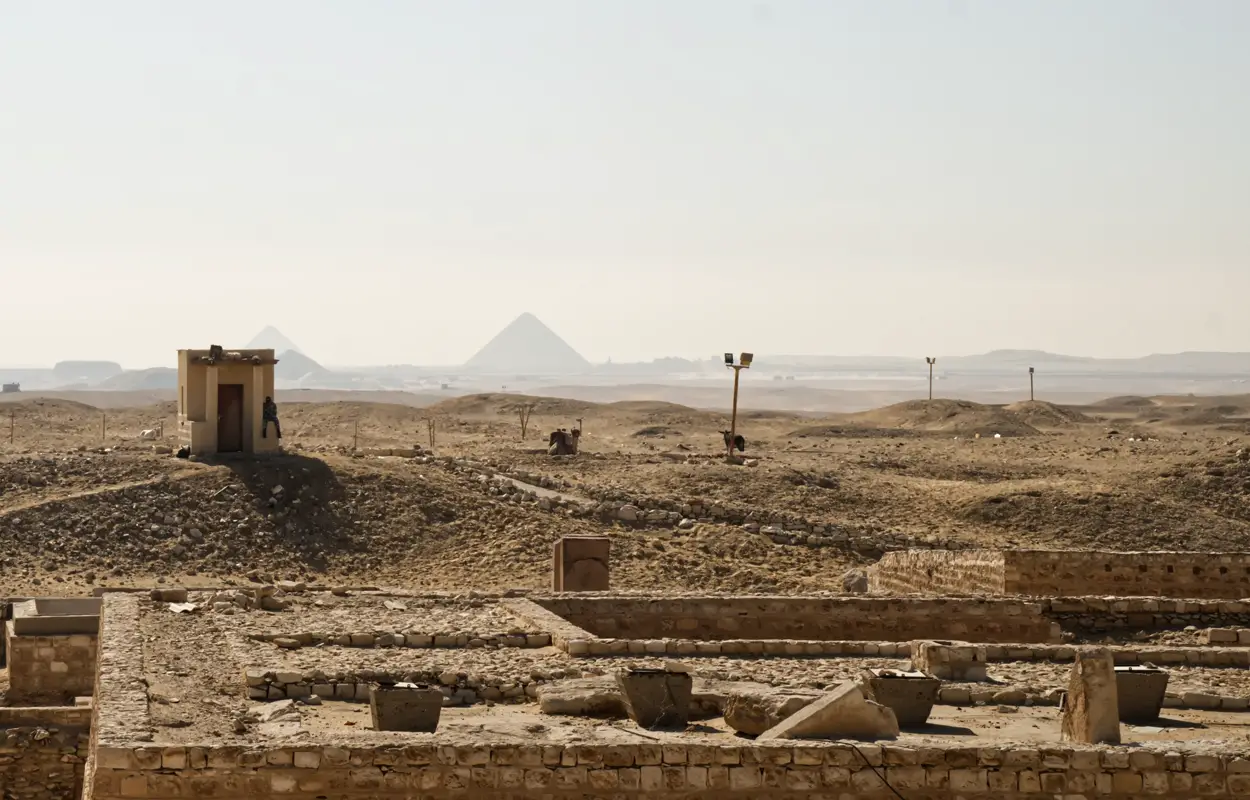Mollusc shells unearthed during excavations at the Saqqara necropolis are offering new insights into the customs and daily life of the region’s ancient inhabitants.
Located 40 km’s southwest of Cairo, Saqqara was one of the most important cemeteries of Memphis and served as the burial site for Egyptian royalty and dignitaries.
Sara Zdunek, a doctoral researcher at the University of Warsaw and specialist in archaeomalacology explained the importance of finding mollusc shells: “Shells can be a valuable source of information because they had many uses. They were often used as decorative objects in jewellery and ornaments, as well as functional uses for containers such as oils, perfumes, and bowls for writing ink.”
According to Zdunek, shells also held a religious or sentimental value for the afterlife, as they were placed in graves with the deceased. Cowrie shells for example resemble female reproductive organs, so in ancient society they were seen as amulets for new mothers and pregnant women.
Beyond their ritual significance, shells were also incorporated into the materials used in construction – ground and mixed with straw to strengthen mudbrick structures. Because molluscs are highly sensitive to changes in water conditions, their remains found in ancient structures serve as proxy data, offering archaeologists valuable insights into past climate conditions.
“Some shells, freshly pulled from the water, naturally have different colours and patterns, so we can assume that the Egyptians also collected colourful shells and kept them. Unfortunately, many shells lose their colour and lustre over time. On the other hand, some are naturally white and may have been collected precisely for this reason,” added Zdunek.
Header Image Credit : Shutterstock
Sources : PAP







